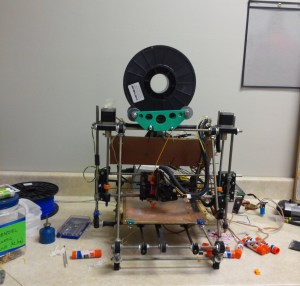How often is your microcontroller actually doing something? You can find out by measuring idle time, but how exactly do you do this? [Jack Ganssle] shows that simple embedded applications can toggle a pin when idle, which can then be measured. More complex applications like those using a Real Time Operation System can do the same by making use of the idle hook. But what can you do to make this toggling pin feedback actually mean something?
His solution is to repurpose an analog multimeter. The meter is interface with the toggle pin and a trimpot calibrates the needle. This way the needle jumps when the processor is busy and returns to zero when idle. What a great tip for getting a little more feedback about what’s going on inside of that black plastic IC package. It’s not surprising to find such a clever hack from one of the Hackaday Prize judges.
While you’re in the analog multimeter aisle you might want to pick up a couple of extras for more alternate data displays.
Continue reading “Cheap Multimeter Gauges Embedded Idle Time”

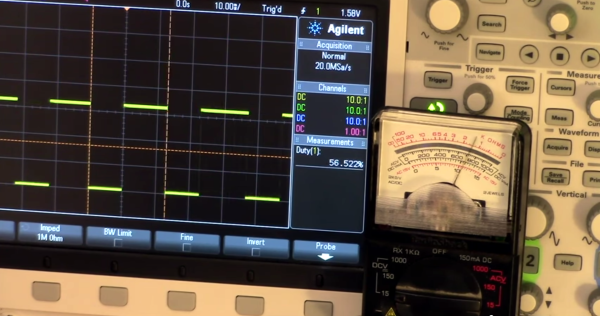
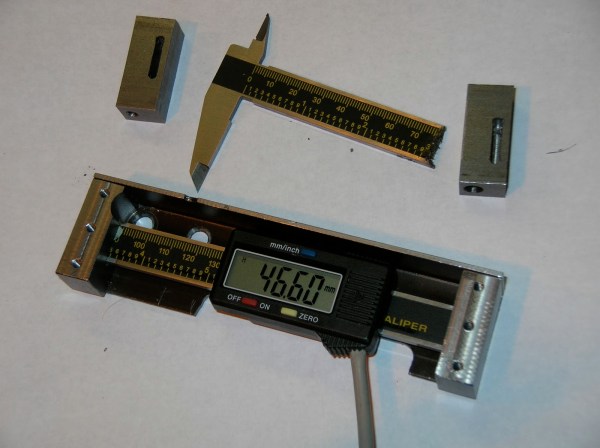
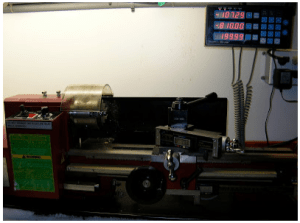 It is totally reasonable to use the stock caliper display to read the positional information, however, even these cheap digital calipers have
It is totally reasonable to use the stock caliper display to read the positional information, however, even these cheap digital calipers have 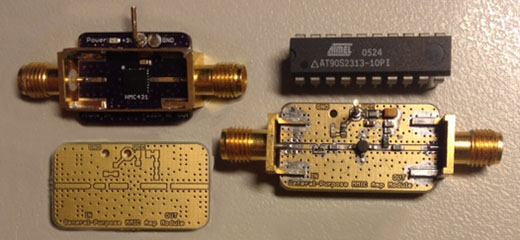
 The project featured in this post is
The project featured in this post is 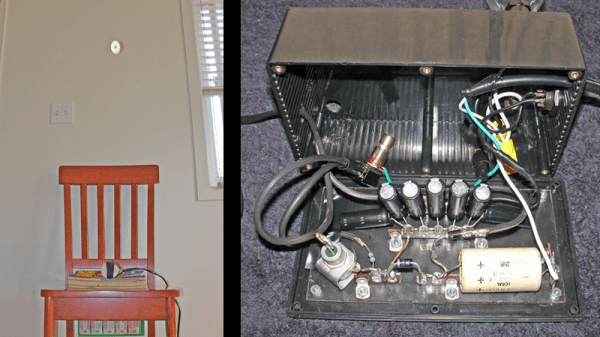

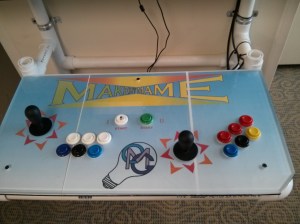 The new space is a progression of rooms that begins with a combination lounge and meeting space. Here you’ll find the beer and snacks, the brag wall full of framed articles, and one of the remote controllable web cams. A few of the founding members have since flung themselves around the world, but are able to participate through these links. The best part of this room is either the PVC-framed Raspi MAME cabinet or the sign on the bathroom door which doesn’t discriminate against androids.
The new space is a progression of rooms that begins with a combination lounge and meeting space. Here you’ll find the beer and snacks, the brag wall full of framed articles, and one of the remote controllable web cams. A few of the founding members have since flung themselves around the world, but are able to participate through these links. The best part of this room is either the PVC-framed Raspi MAME cabinet or the sign on the bathroom door which doesn’t discriminate against androids.